Baseball History Comes Alive Now Ranked #2 by Feedspot Among All Internet Baseball History Websites and Blogs!
Guest Submissions from Our Readers Always Welcome!
Scroll Down to Read Today’s Essay
Subscribe to Baseball History Comes Alive for automatic updates. As a Free Bonus, you’ll get instant access to my Special Report: Gary’s Handy Dandy World Series Reference Guide!
Ted Wiliams and the 1941 All-Star Game Photo Gallery
Click on any image below to see photos in full size and to start Photo Gallery:
All-Star Week, 2022: Let’s Revisit the Classic 1941 All-Star Game!
“That home run was the most thrilling hit of my life!” –Ted Williams, speaking of his homer to win the 1941 All-Star game.
As we enter the 2022 All-Star break, let’s recall what many consider to be the most exciting finish ever to an All-Star game: Ted Williams’ walk-off homer to win the 1941 Midsummer Classic.
As some of you may remember, the idea for an All-Star game was the brainchild of Arch Ward, the sports editor of the Chicago Tribune. It was originally Ward’s intention that the game be a one-time event to boost morale during the Great Depression in 1933; but, as we know, it proved to be so popular that it became an annual event, the greatest All-Star game of any professional sport. And because of the intense rivalry between the two leagues, the game grew to hold immense importance throughout the baseball world.
That brings us to the topic of this essay: the 1941 Al-Star game played at Detroit’s Briggs Stadium on July 8, 1941. This was the ninth All-Star game and at the time, the American League held a five-games-to-three edge over the National League. The game was played in the midst of Joe DiMaggio’s 56-game hitting streak, which would come to an end just nine days later on July 17.
There were 19 future Hall-of-Famers on the field that day, eight for the National League and eleven for the American League (see list below). Ted Williams was having a season for the record books, on his way to a .406 batting average, the last player to hit over .400. In his second All-Star game, he was hitting .405 at the break.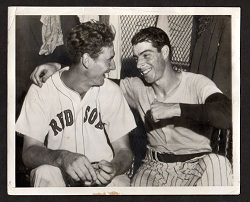
The starter for Del Baker’s American League was the great Bob Feller; while Whit Wyatt took the mound for Bill McKechnie’s National Leaguers. The Senior Circuit held on to a 5-3 lead as the American League came to bat in the bottom of the ninth, with the Cubs’ Claude Passeau on the mound hoping to close out the game. Here’s what happened next:
With one out, Ken Keltner and Joe Gordon singled, followed by a walk to Cecil Travis, loading the bases for the always dangerous Joe DiMaggio, with Ted Williams on deck. DiMaggio hit what appeared to be a certain double play ball that would have ended the game. But fate intervened and Billy Herman’s wide throw to first allowed Joe to reach on a force out…and so the game continued. Keltner scored on the play, making it 5-4.
That errant throw set the stage for Ted Williams’ heroics. He proceeded to send a Passeau fastball into the upper right-field stands. 54,674 ecstatic American League fans erupted into wild cheers as the 5-4 National League lead quickly turned into a 7-5 American League win!
Here’s how Ted Williams remembered the dramatic homer:
“It was the kind of thing a kid dreams about and imagines himself doing when playing those little playground games we used to play in San Diego. Halfway down to first, seeing the ball going out, I stopped running and started leaping and jumping and clapping my hands…I’ve never been so happy and I’ve never seen so many happy guys. It was a wonderful, wonderful day for me.”
Ted Williams finished the game 2-4, with a home run, double, walk, and 4 RBIs, overshadowing a two-homer day for Arky Vaughan. American League manager Del Baker was so excited, he actually hugged and kissed Ted in the locker room following the game.
Of course, this was back in the days when victory in the All-Star game actually meant something to the fans and the players!
Hall of Famers in 1941 All-Star Game:
National League: Johnny Mize, Arky Vaughan, Carl Hubbell, Billy Herman, Joe Medwick, Mel Ott, Enos Slaughter, Bill McKechnie (mgr.). American League: Bob Feller, Bill Dickey, Bobby Doerr, Joe Cronin, Ted Williams, Joe DiMaggio, Red Ruffing, Jimmie Foxx, Joe Gordon, Luke Appling, Lou Boudreau.
Umpires: Bill Summers, Lou Jorda, Bill Grieve, Babe Pinelli.
Time of Game: 2:23
Gary Livacari
Photo Credits: All from Google search
Information: Excerpts edited from the 1941 All-Star game Wikipedia page.
Subscribe to our website, “Baseball History Comes Alive!” with over 1200 fully categorized baseball essays and photo galleries, now closing in on the one million hits mark with 833K hits and over 600 subscribers: www.baseballhistorycomesalive.com
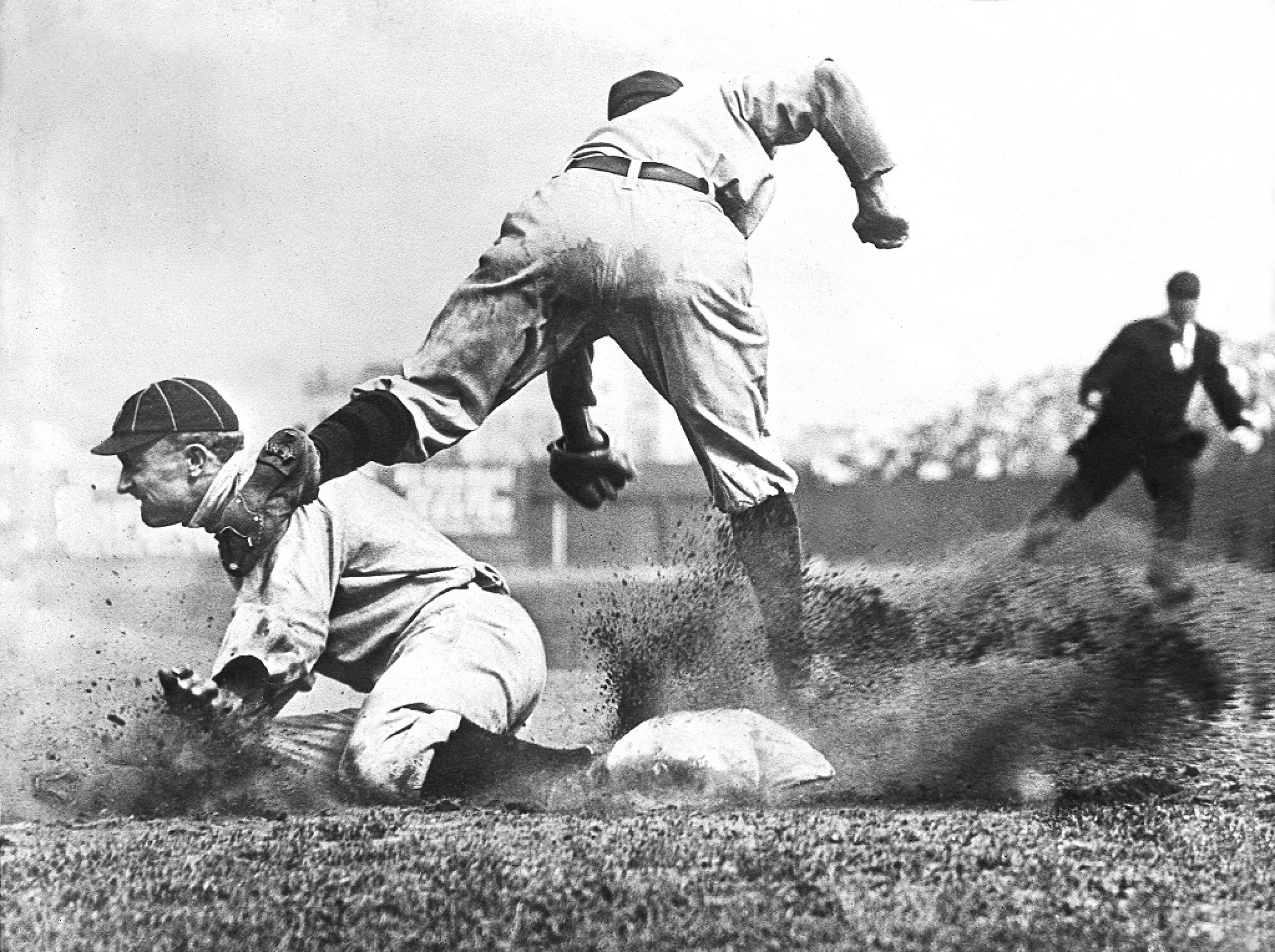
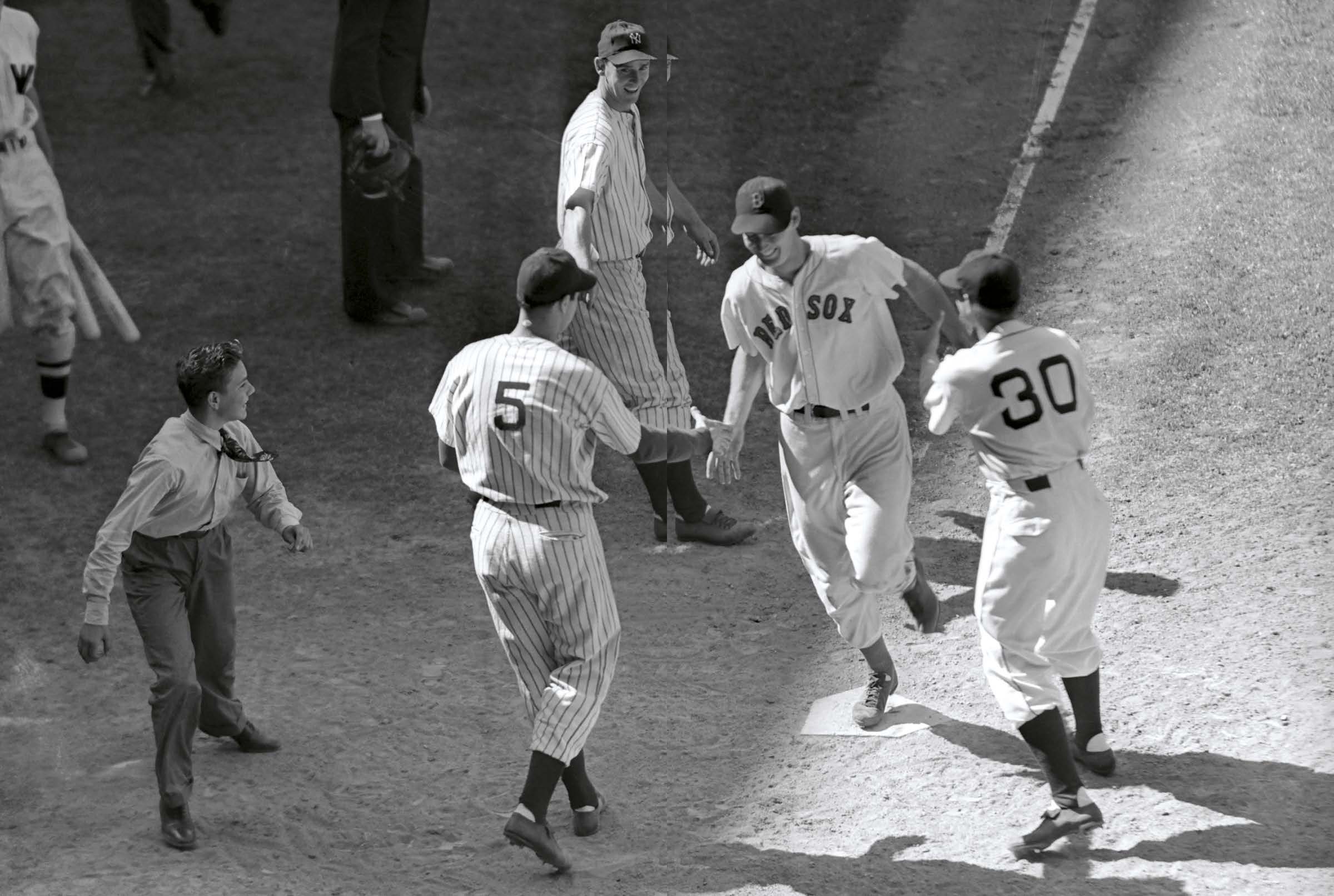
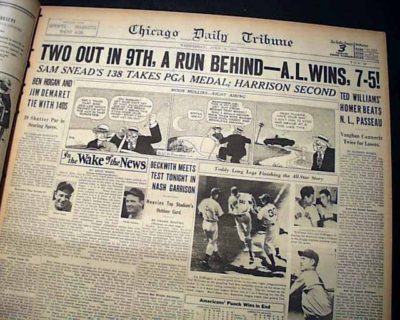
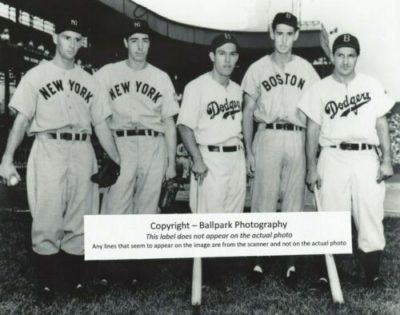
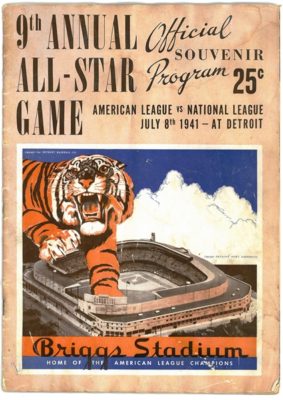
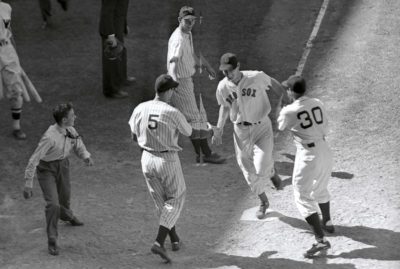
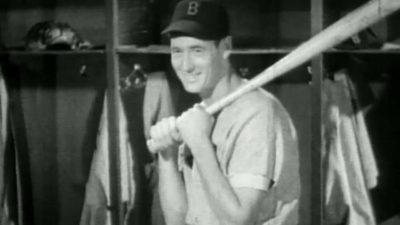
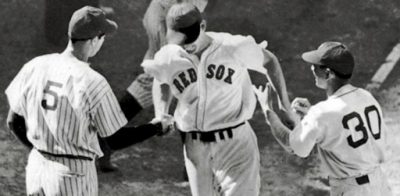
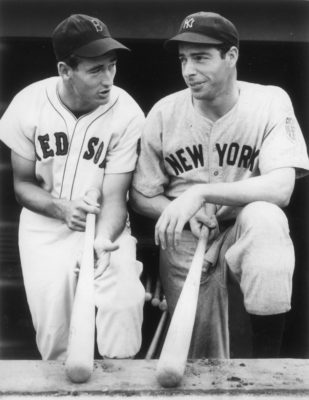
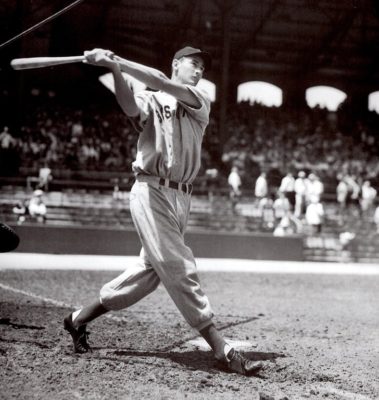
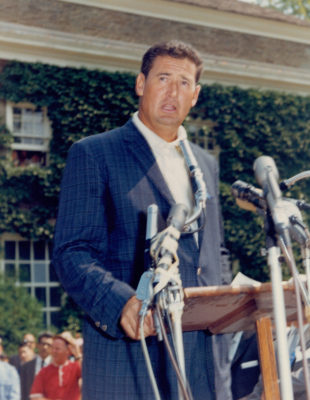
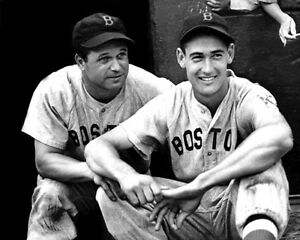
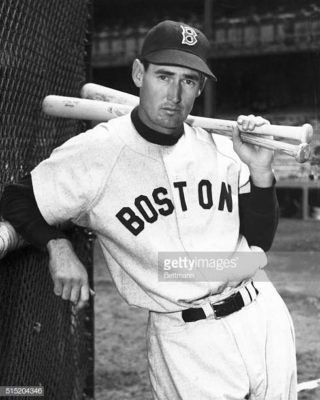
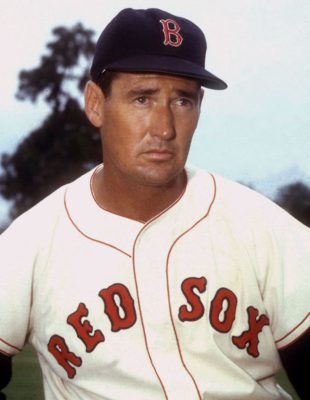
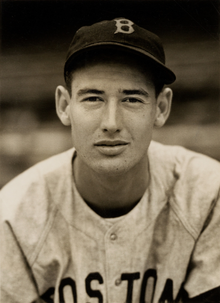
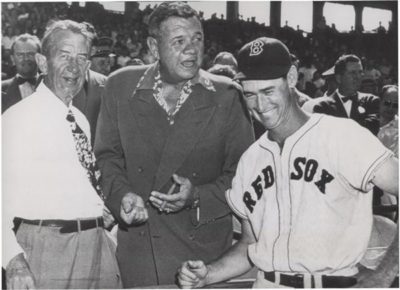
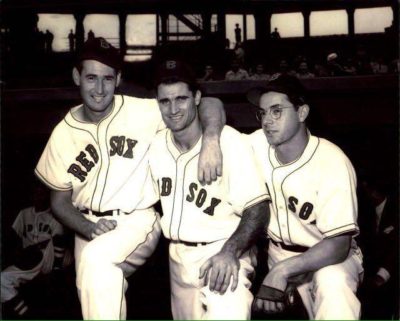
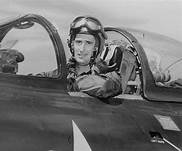
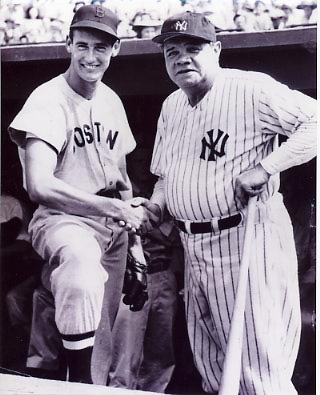
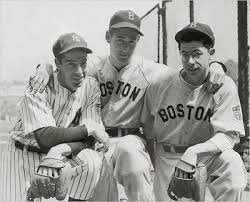
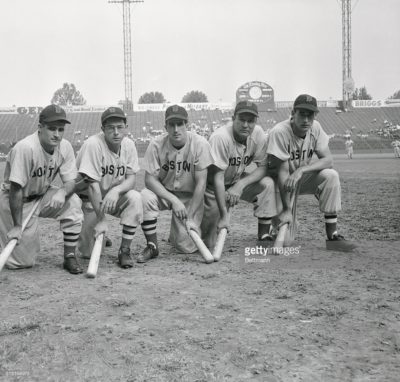
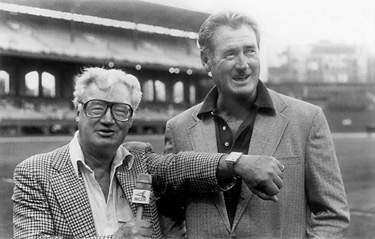
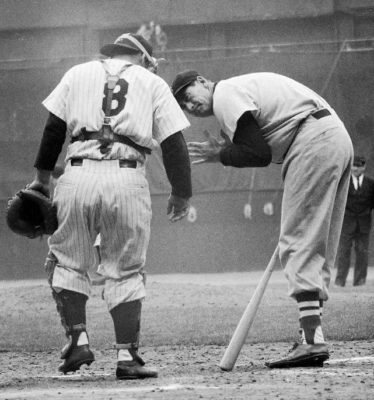
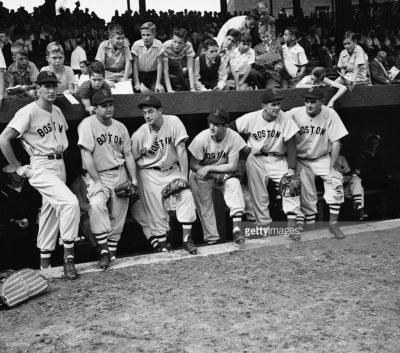
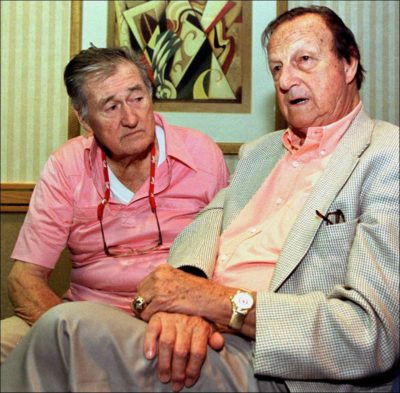
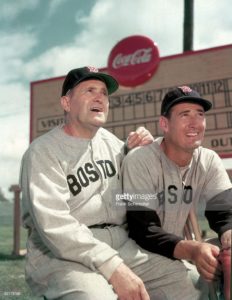
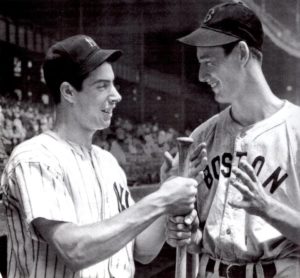
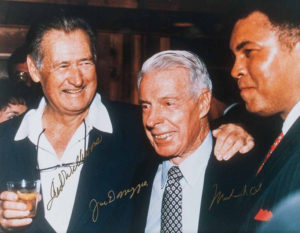
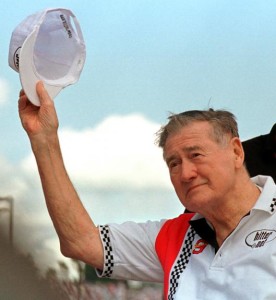
Great article, Gary. On the darker side of “all-things-ASG”, interesting to note, are a couple of incidents that occurred in an ASG that were the opposite of the glorious moment you describe; of Ted’s walk-off in the ’41 Midsummer Classic. In the 1950 ASG {1st televised btw} Ted breaks his elbow, and….in what is probably the most talked about ASG injury; in the 1937 ASG, Earl Averill’s line drive breaks Dizzy Dean’s toe, thus hindering the rest of his HOF career. Williams claimed that his ’50 injury adversely affected the remainder of his career also, but based on his career stats, you’d never suspect it…hahaha. Superb work as always, Gary…thnx.
Ted, my boyhood hero, always said that home run was the biggest thrill of his career. I still get a kick out of watching him clap for joy as he rounds the bases.
I guess Ted had his head frozen so maybe he can come back and hit another one someday. If he had not spent so much time in the prime of his career defending our country just think what his lifetime stats would have been; he would be known as the greatest hitter of all time. Thanks Gary, for jogging my memory about this great player.
As for the All-Star game, my favorite All-Star trivia question that usually puzzles fans born after 1955 is: Name the only pitcher to both win and save a MLB All-Star game in the same year.
Although from an era before mine, it brings exasperation to think what it would have been like to see all of those future Hall-of-Famers in one game.
At the risk of sounding like the typical old man, those were the times when the grass was real and so were the players. It may have been an exhibition game, but it really meant something (that has been ruined by daily interleague play).
Aside from the injuries that have resulted, there have also been indelible memories that have been created. My first All-star memory is the injury sustained in the 1968 All-Star game by Harmon Killebrew when he did a split to catch a throw from Jim Fregosi.
But I also remember running home from school to see Mel Stottlemyre start for the AL in 1969. Games were still played in the afternoon then, and there was something special about having missed the first few pitches before getting home.
Nowadays, I don’t know if t is simply from getting older, or that so much has changed to take away the significance. I remember when I was in my 20s and my Dad was in his 60s. I aid to him, “The All-Star game is tonight. You going to watch it?” He shrugged his shoulders, raised his palms to the skies, ad frowned.
I couldn’t understand it then. How could he not be excited about the All-Sar game?
I now understand it all too well.
Hi Gary: Your article is a great choice as we head into another All-Star break. It gives us a perfect chance to reflect on the many changes in major-league ball since guys like Williams, DiMaggio, Feller & Musial held center stage 75 or more years ago. Unfortunately, as George says, most of those changes have left us with an overly commercialized and less-thrilling product than we old geezers grew up with. (It’s always the way.)
Watching Williams romp around the bases again dramatizes the passion, intensity and enthusiasm with which he (and others) played the game in the 1940s. I know it’s a pipe-dream, but it’s fun to hope that maybe the grotesquely compensated superstars of today could pick up a valuable pointer or two reading your post and watching the accompanying video of a man with “a lot of little boy in him” (thank you Campy) play the game.
Fond regards,
Michael
Now, the most exciting thing will be watching tonight to see if Pete Alonso makes it three straight wins in the HR Derby. It would be the first time. Griffey won three but not in a row.
With two stints, Ted certainly served his country well and probably lost at least another .400 year by so doing. Tom Marshall makes an interesting point about the ’50 All-Star injury. It’s news to me and you’d never know it affected his career.
Williams was the greatest pure hitter the game has known. But the rap has always been that in a big spot The Splendid Splinter would take a walk if the pitch were out of his sweet zone. Joe D., on the other hand, would swing at one off his ear and line the game winning double.
Bill, are you truly excited about the HR Derby, or was that sarcasm? I have a friend in his late 60s who loves it. He also was an aficionado of the 1960 HR Derby TV show, which I thought was as boring as anything I’d ever seen. My feelings about the current one are the same.
It is another failed attempt by MLB to attract a younger audience.
Hey George,
Right, the 1960 TV derby was relatively deadly. But I am looking forward to Alonso tonight. Being a Mets fanatic helps and the current format tends to build excitement. Last year was great, I thought.
As a kid I was more into the game itself, but now I find it boring–especially if players I root for don’t do well.
Great article. Quite an exciting game. Loved the video. Williams’ swing is nothing short of elegant.